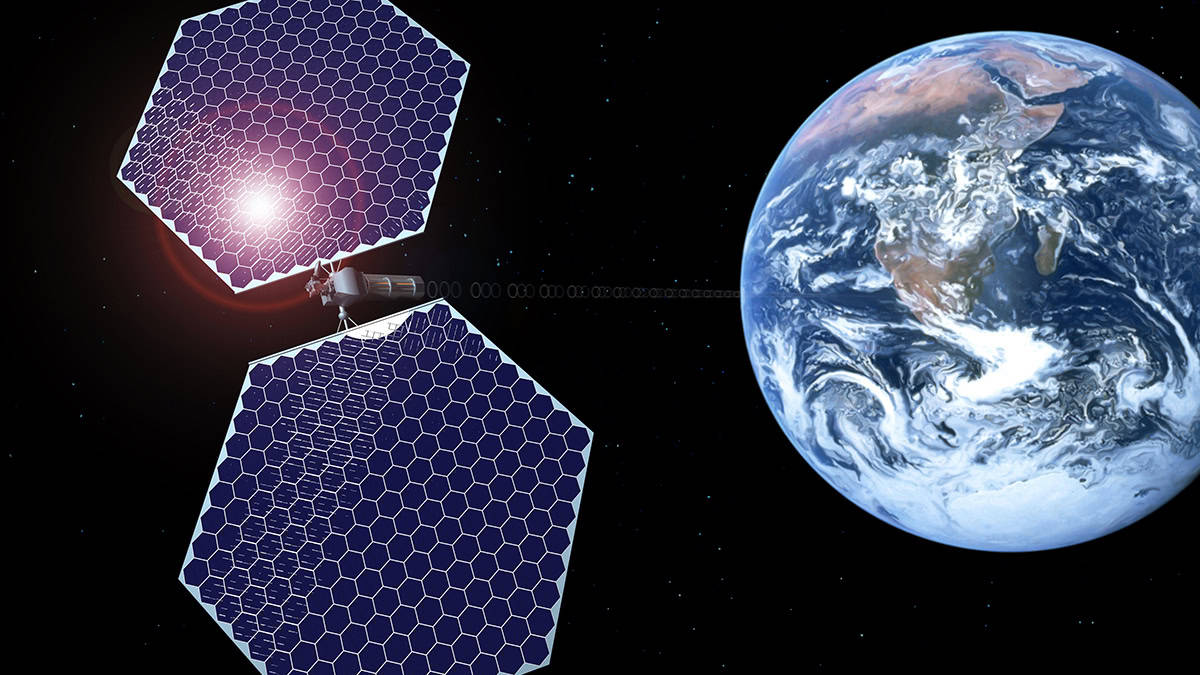A team of international scientists led by Newcastle University has used the James Webb Space Telescope (JWST) to uncover an unexpected structure of dust surrounding a supermassive black hole in the galaxy ESO 428-G14, located 70 million light-years away. Contrary to previous assumptions, the study reveals that the dust is heated not by radiation from the black hole, but by high-energy gas collisions, or shocks, moving close to the speed of light.
This discovery was published in the Monthly Notices of the Royal Astronomical Society and led by Houda Haidar, a Ph.D. student at Newcastle University’s School of Mathematics, Statistics, and Physics.
The Galactic Activity, Torus, and Outflow Survey (GATOS), which Haidar and her team are part of, focuses on the centres of nearby galaxies using JWST. The team’s work with early JWST data has been pivotal in revealing detailed images of the galaxy’s core.
In many active galactic nuclei (AGN), supermassive black holes are obscured by thick clouds of dust and gas. JWST’s infrared capabilities penetrate this dust, allowing scientists to observe the hidden core and the intricate structure of dust across vast distances.
The new images show that the dust is distributed along the radio jet emanating from the black hole. This unexpected link suggests that the radio jet might be responsible for heating and shaping the dust.
Dr David Rosario, senior lecturer at Newcastle University and co-author of the study, noted, “The role of radio jets in transferring energy to their surroundings has been debated. This finding challenges previous understandings and highlights the significant impact of these jets.”
Understanding how dust and gas interact near supermassive black holes enhances our knowledge of galaxy formation and evolution, shedding light on how these cosmic giants influence their host galaxies.








